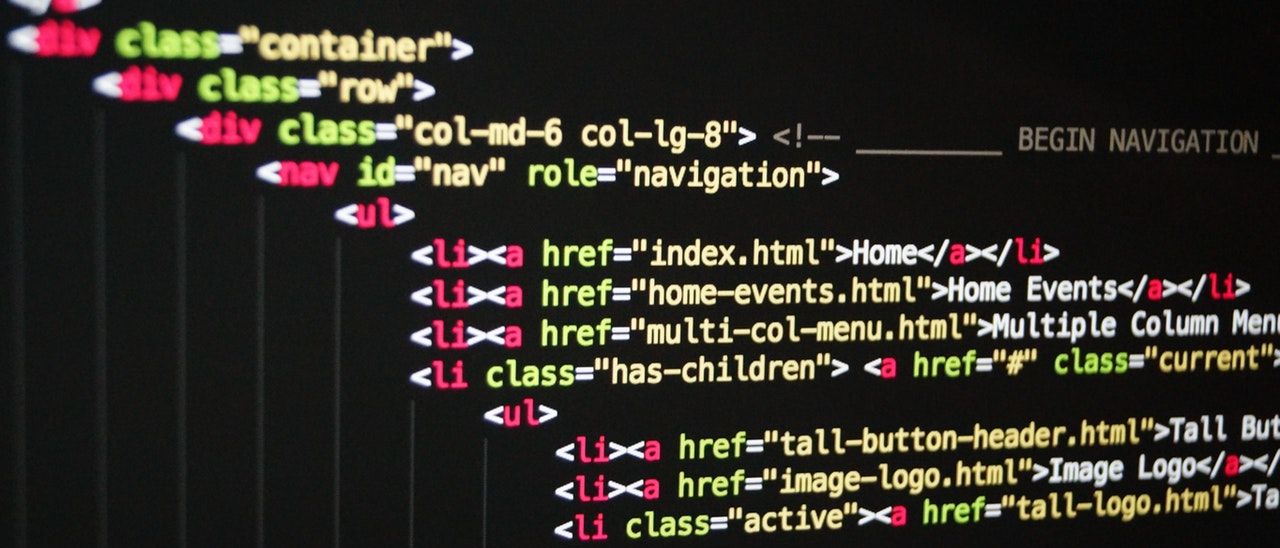
Django And MySQL: Model Saving Order Is Important
Nov. 19, 2021 0 comments
Often in one Django view you need to save multiple models that have "parent-child" relationship. For example, your view may receive data from a traditional HTML form that includes an inline formset or a JSON with a nested array of child objects from a JavaScript frontend app. In this case you need to save a parent model and create/update/delete some child models. Of course, to make the whole operation atomic all model saves should be wrapped in a database transaction to ensure the consistency of saved data. Let's assume we are using MySQL or MariaDB as a database backend for our Django project. And the question arises: "in which order we should save our models?". "What should we save first: parent or children?" (...)

Formsets In Django Class-based Views
Dec. 14, 2020 0 comments
Django offers several out-of-the-box class-based views, including CreateView and UpdateView, that allow you to quckly implement basic CRUD functionality in your web-application without much of boilerplate code. Under the hood CreateView and UpdateView classes create, validate and save a Django ModelForm instance tied to your model class. But sometimes you need to create/edit related model instances along with the main model on the same page. (...)

Bootstrap4-based Pagination Buttons for Django ListView
May 11, 2018 0 comments
Often, when displaying multi-page lists in html pages rendered from Django templates, we need to include a pagination control, usually a set of navigation buttons, that is both functional and good looking. In this post I'll describe the solution used in this blog to paginate the list of search results. (...)

My Blog's New Look
May 6, 2018 0 comments
As you can see I have completely re-worked this blog's design. The new skin is based on Bootstrap 4 and hopefully is more pleasant looking than the old one.

Blog Environment Upgrade
April 21, 2017 0 comments
Previously, this blog run on Django 1.8 and Python 3.4, but after a new Django LTS release — 1.11 — I decided that it's time to upgrade this blog to the new Django version and to bump Python version as well. The upgrade process was simple: I created a new virtual environment, installed all the dependencies and pointed Pythonanywhere to this new environment. The blog itself required only one minor change of the sitemap view because URL patterns no longer accept view names as strings, e.g. 'django.contrib.sitemaps.views.sitemap', but require proper callable view objects (previously, both variants were supported).
Now this blog runs on Django 1.11 and Python 3.5 (Pythonanywhere does not provide Python 3.6 yet).
Featured Posts
-
Running Multiple Celery Beat Instances in One Python Project
Feb. 1, 2021 -
Setting Up MySQL in LibreELEC on Raspberry Pi
Nov. 17, 2017 -
Autodocumenting your Python code with Sphinx - part 2
Feb. 24, 2016